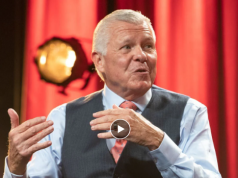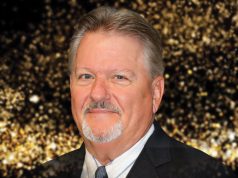Taking a page out of corporate America’s playbook in a bold, aggressive step to mitigate the officials shortage in the state, Oregon has recently implemented a mandatory rule for local associations that will require them to have a recruiting and retention programs in place. It is the first state association to try such an endeavor. The move comes after the Oregon School Activities Association (OSAA) last year formed a committee to look at the officiating shortage in the state. The idea was hatched by an OSAA administrator, who said nearly three-quarters of successful Fortune 500 companies have mentorship programs.
“We actually codified having a standing committee whose sole purpose was recruitment and retention,” said OSAA Assistant Executive Director Brad Garrett. “We formed our committee in a unique way … we created a committee that was varied in experience level and age. We had three different groups represented: coaches, athletic directors and officials associations. We had three people from zero to five years’ experience as an official; three from five to 10 years and three people with 10-plus years. We’re trying to make sure that as we move forward, these young referees who are involved in their first three or four years of officiating can give feedback to this group. We didn’t want to put a bunch of 30-plus-year people on a recruitment and retention committee because we’ve already recruited and retained them. We’re trying to figure out why we are losing people in years two and three. And who better to tell us that than the people who are going through it at that time?”
 Helping to sell the idea to the local associations is Jack Folliard, who serves as the executive director of the Oregon Athletic Officials Association (OAOA). Folliard said most of the associations in the state are on board with trying something new. He said associations are watching their own numbers plummet, so they know something is wrong and must be done.
Helping to sell the idea to the local associations is Jack Folliard, who serves as the executive director of the Oregon Athletic Officials Association (OAOA). Folliard said most of the associations in the state are on board with trying something new. He said associations are watching their own numbers plummet, so they know something is wrong and must be done.
“In general, not only do the associations think this is a good idea, they are pleased they have been provided with structure to the mentorship program, so they don’t have to invent the wheel from scratch,” said Folliard, who is also a member of the Oregon Sports Hall of Fame. “Obviously, this is new, so we haven’t had the feedback from everyone, but the commissioners (who are also assigners in Oregon) at that meeting, they were all enthusiastic and embraced the concept.”
A big focus of the recruiting process will be concentrated on getting younger people into the field. Folliard said older officials are retiring or leaving because of job transfers, changing family dynamics or do not want to work a full schedule because they want to see their own kids play.
“I think we have more of a problem getting new people to come in than we are losing people too soon,” Folliard explained. “You’re always going to have some attrition, but the tank is emptying faster than it can be filled. Our average age is in the high 40s and obviously a lot of the officials are older than that. Depending on the sport, it’s getting more difficult physically when you get into your 50s and 60s.”
Garrett believes he has a two-fold solution to address both of those issues: by doing outreach into communities that don’t have a strong tradition of officiating, he introduces them to the industry and creates a welcoming and supportive environment where young people can take the next step and join an association.
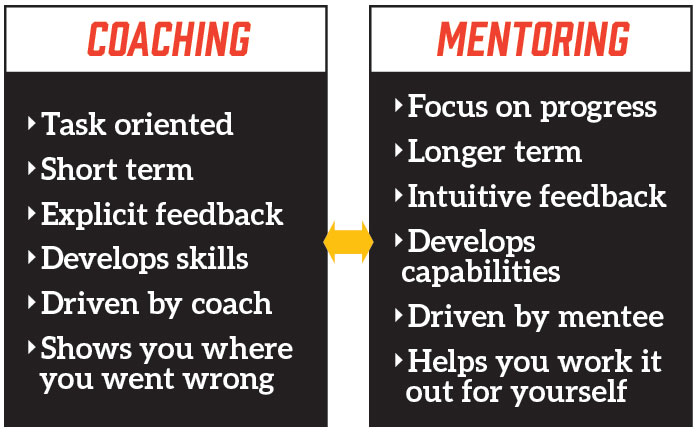
“We want to increase the number of our female and minority officials. We want to get you into a locale, make you feel supported and hopefully you’ll find passion for this job, because we need you in officiating.” Garrett said. “I know it is intimidating for a young female basketball official to roll into some of our local association meetings where they’re staring at 45 white guys that are 40 years old. They’re asking is this really the place for me? The answer is if we had another female who was already in that locale, who has worked her way through and is willing to take a lead role with one of these younger officials, we know that person is more likely to stay.”
As a part of the retention process, Oregon officials are also trying to convince current officials to consider adding another sport or two. Garrett said approximately 33 percent of current officials do more than one sport. Increasing that number to two-thirds would be a tremendous boost. He explained how devastating it is to the officiating corps when it loses a multisport official to retirement or another state.
“If we lose one of those officials, it’s not like we’re losing one official, we’re losing three officials if they are a three-sport official,” he said.
Folliard added while there are no empirical studies that show outdoor sports like baseball and football are losing officials faster than those who work indoor sports, volleyball in Oregon has had the least drop-off in terms of numbers, even though there is still a shortage. Many former basketball and football officials are adding volleyball in Oregon as a second or third sport. A poll that appeared in the 7/17 issue of Referee asked officials which sport they currently are not officiating would they most like to add. Volleyball was first, garnering 20 percent of the vote, followed by lacrosse with 17 percent.
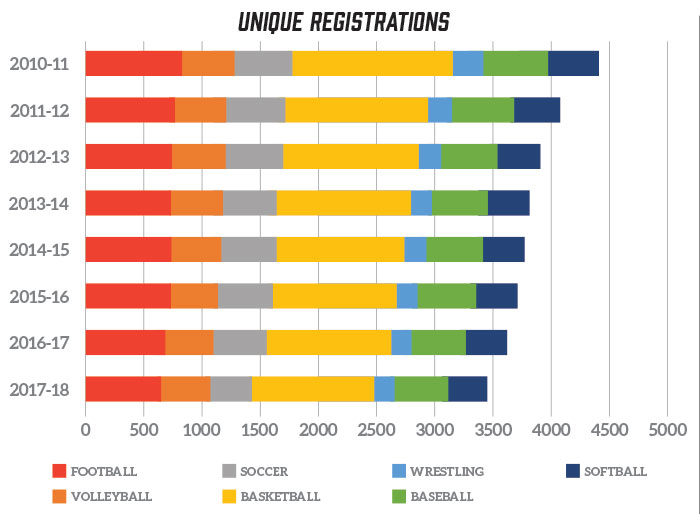
In June, during his presentation to OAOA about how to build a mentorship program, Garrett said it is important that veteran officials are mentoring and not coaching new officials. He said knowing the difference between the two is essential in the retention of new officials.
“Coaching is typically seen as short term, gives explicit feedback, is task oriented and shows you where you went wrong. Whereas mentoring focuses on progress over time, gives intuitive feedback, develops capabilities and gives help to the mentee to work it out for themselves.”
Garrett added that having “a shoulder to lean on” and building a system that will allow a mentee to have things explained to them, along with connecting them to the proper resources, are all parts of a viable mentorship program. He is looking forward to the feedback he gets from the mentees after the first year. He said the program is designed so the OSAA can hopefully follow the career of new officials for their first four years. That way it can get an indication of how successful the process is.
“Most of the people who leave officiating, leave during their second or third year. We’ve found that if you can get a person to that fourth year, they are much more likely to stay with it,” Garrett explained. “It’s not just about evaluating how they are doing on the court. It’s providing a crutch and having a welcoming culture into a local association.”
For now, the first step will be making sure that every association has a mentorship program that meets the new requirements. A secondary step is making sure the associations have enough tools to use within their own individual recruitment programs. Garrett expects there to be several changes after the first year when each association finds out what works and what does not work for it. The plan is to keep an annual record on each program so the adjustments can be tracked. He acknowledges recruitment and retention is complicated but believes Oregon’s pioneering framework could become a template for other states in the future.
Perhaps the best chance for success could be with a natural approach. Garrett is seeking to appeal to people’s innate tendencies and passions. He said all humans need the social connection of belonging to a group and one of the greatest appeals of officiating is the camaraderie. He believes fulfilling that primal need, by nurturing newer officials and most importantly, making them feel welcome to the ranks, will increase retention rates, not only among newer officials, but from veterans as well.
“I think another byproduct of the mentorship programs, while they are great for these mentees, is that the mentors are also developing leadership skills in this process,” Garrett said. “We also have an obligation to develop leaders within the current ranks of our officiating community. It gives veteran officials the opportunity to give back to their membership and puts them in leadership roles and allows them a renewed sense of belonging. Maybe we can retain them for a couple more years as they get to the end of their careers. So, (with) something like this we are getting multiple positive outcomes if we implement it correctly.”
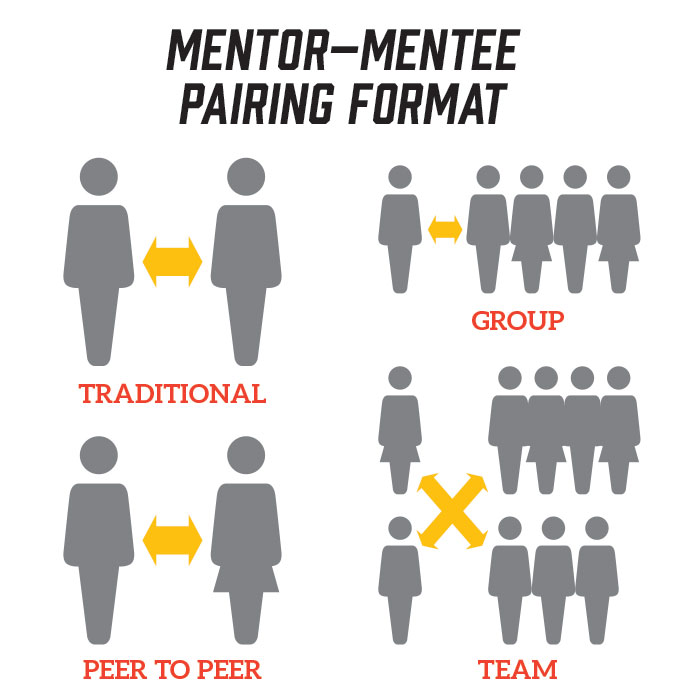
What's Your Call? Leave a Comment:
Note: This article is archival in nature. Rules, interpretations, mechanics, philosophies and other information may or may not be correct for the current year.
This article is the copyright of ©Referee Enterprises, Inc., and may not be republished in whole or in part online, in print or in any capacity without expressed written permission from Referee. The article is made available for educational use by individuals.







